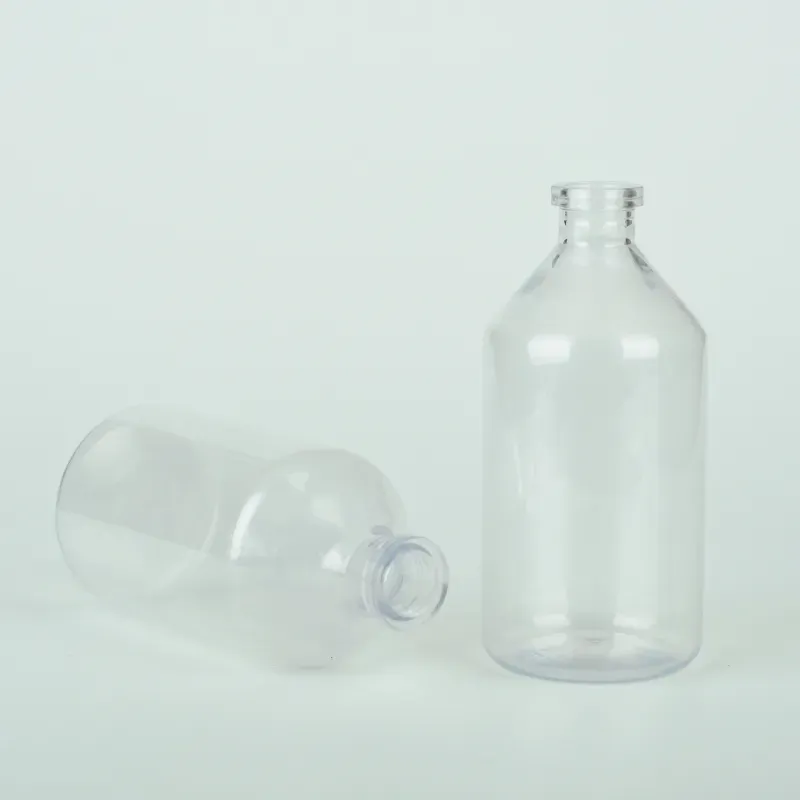reagent bottle stopper
The Importance of Reagent Bottle Stoppers in Laboratory Settings
In the realm of scientific research and experimentation, the smallest details can have significant consequences. Among these details, the choice of container and its various components is vital. One such critical component that often doesn't receive the attention it deserves is the reagent bottle stopper. These seemingly simple objects play a crucial role in maintaining the integrity of chemical reagents, ensuring safety, and facilitating efficient laboratory practices.
Understanding Reagent Bottles
Reagent bottles are specialized containers designed to hold various chemicals, materials, and solutions used in laboratories. They come in different shapes and sizes, often made of glass or plastic, to accommodate the diverse needs of researchers. However, regardless of their design, every reagent bottle requires a stopper that provides an airtight seal to protect the contents from contamination and evaporation. The importance of a reliable stopper cannot be overstated, particularly in environments where accuracy and safety are paramount.
Key Functions of Reagent Bottle Stoppers
1. Contamination Prevention One of the primary roles of a reagent bottle stopper is to prevent contamination. In any laboratory, even the slightest impurities can skew results or compromise experiments. Stoppers act as a barrier to dust, microbes, and other external agents that could taint the reagents inside. This is especially crucial in sensitive experiments where precise chemical compositions are required.
2. Evaporation Control Many chemicals are volatile and can easily evaporate if not properly sealed. A good stopper minimizes evaporation losses, ensuring that the reagents remain concentrated and effective. This is particularly important for solutions that are sensitive to air and moisture, where changes in concentration can lead to inaccurate results or unstable reactions.
3. Pressure Regulation Reactions occurring in reagent bottles can produce gases or heat, leading to pressure build-up. High-quality stoppers can accommodate this pressure without compromising the seal. Some stoppers are designed with pressure relief features, ensuring that they can automatically vent gas while preventing the escape of liquid contents, thus maintaining safety in laboratory environments.
4. Ease of Use Stoppers are designed for convenience. Many modern reagent bottle stoppers are easy to remove and replace, allowing researchers to access the chemicals quickly while still maintaining a secure seal. Features like snap-on tops or screw caps can enhance usability, making it simpler for scientists to handle reagents without hindrance.
reagent bottle stopper

5. Material Considerations The material of the stopper is just as significant as the design. Stoppers can be made from various materials, including rubber, plastic, or cork, each with its own advantages. For instance, while rubber stoppers provide a good airtight seal and flexibility, plastic stoppers may offer greater resistance to corrosion and chemical reactions. Choosing the right material is essential for ensuring compatibility with the chemicals being stored.
Best Practices for Using Reagent Bottle Stoppers
To maximize the effectiveness of reagent bottle stoppers, several best practices should be considered
- Proper Selection Always choose a stopper that is compatible with the specific reagents being used. This ensures that the materials do not react negatively, which could lead to dangerous situations. - Regular Inspection Regularly inspect stoppers for wear and tear. A damaged stopper can compromise the safety and integrity of the reagents it is meant to protect.
- Cleanliness Ensure that stoppers are clean before sealing bottles. Residues or contaminants on the stopper can transfer to the reagents, potentially compromising experiments.
- Storage Practices Store reagent bottles upright and avoid placing heavy items on top of them. This practice reduces the risk of damaging the stoppers and the bottles themselves.
Conclusion
In summary, while reagent bottle stoppers may seem trivial in the grand scheme of scientific research, their importance cannot be underestimated. They serve crucial functions ranging from contamination and evaporation prevention to pressure regulation and ease of access. By understanding the role of these components and adhering to best practices, researchers can ensure the reliability and safety of their laboratory work. As we continue to advance in scientific endeavors, attention to the details—like the choice of a reagent bottle stopper—will remain a foundational element in achieving accurate and effective results.
-
Aesthetic Makeup Spray Bottles | Fine Mist Empty RefillableNewsAug.19,2025
-
White Plastic Veterinary Vaccine Vials | Lab Liquid BottlesNewsAug.18,2025
-
Plastic Medicine Liquid Bottle: Secure Flip Top Drug VialsNewsAug.17,2025
-
Durable 250ml Blue Plastic Vaccine Vial for Lab & Vet UseNewsAug.16,2025
-
Sterile Virus Sample Tubes: Secure & Reliable Specimen CollectionNewsAug.15,2025
-
White 250ml Plastic Vaccine Vial for Lab & Vet MedicineNewsAug.14,2025
























